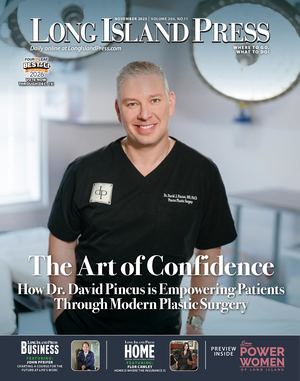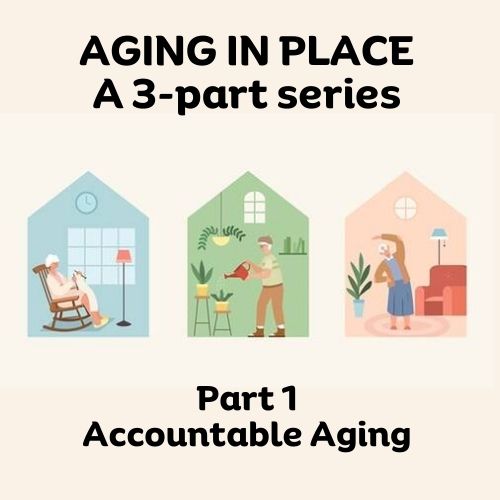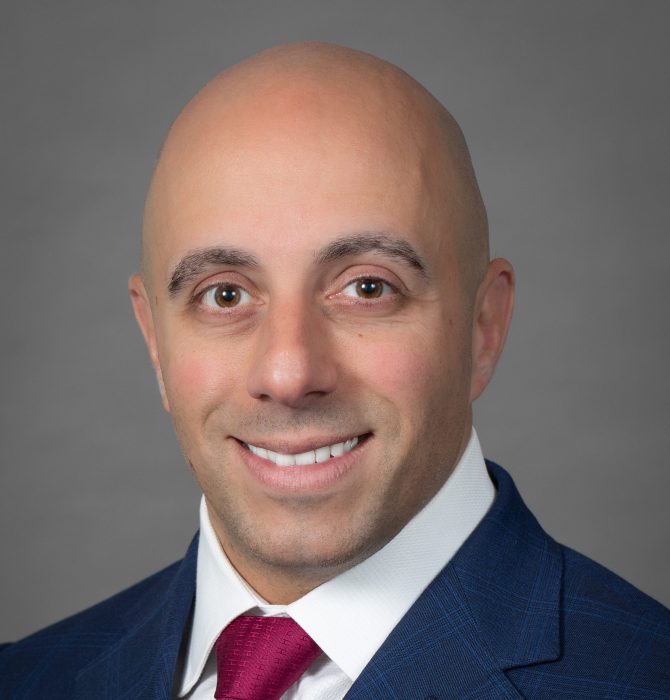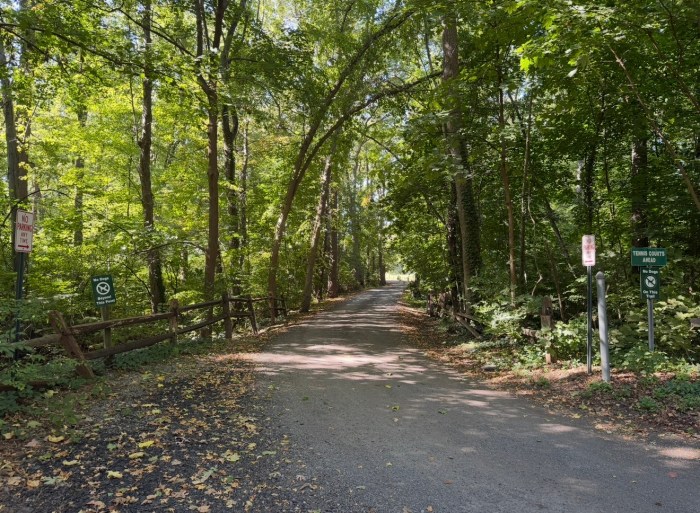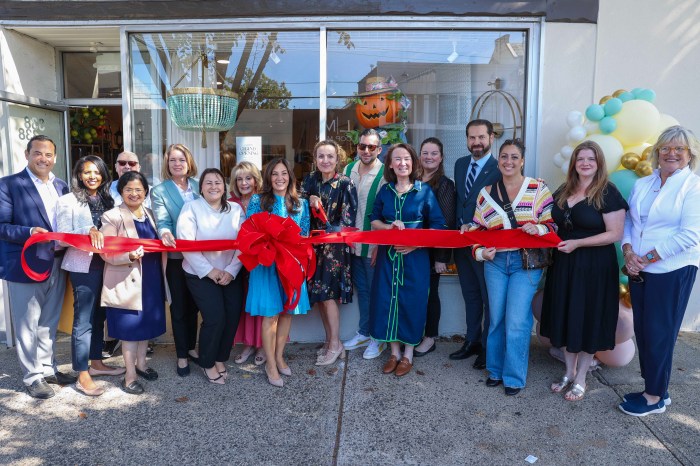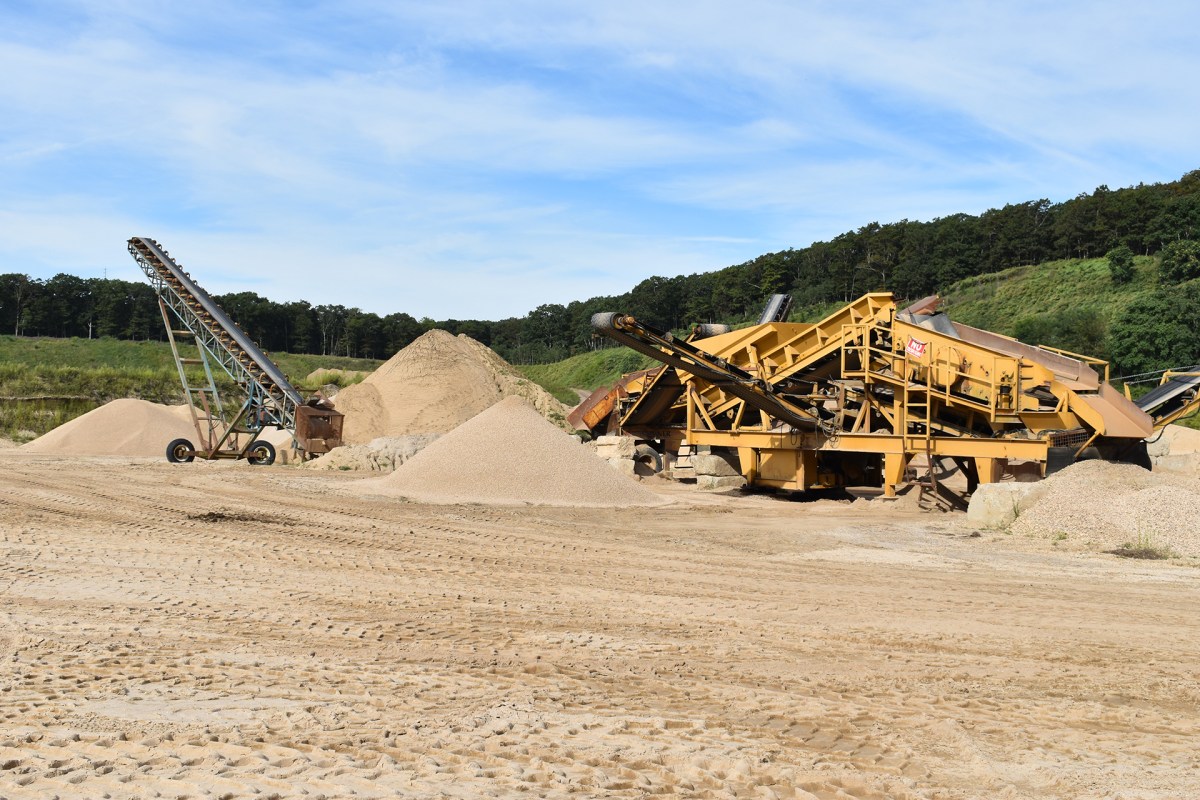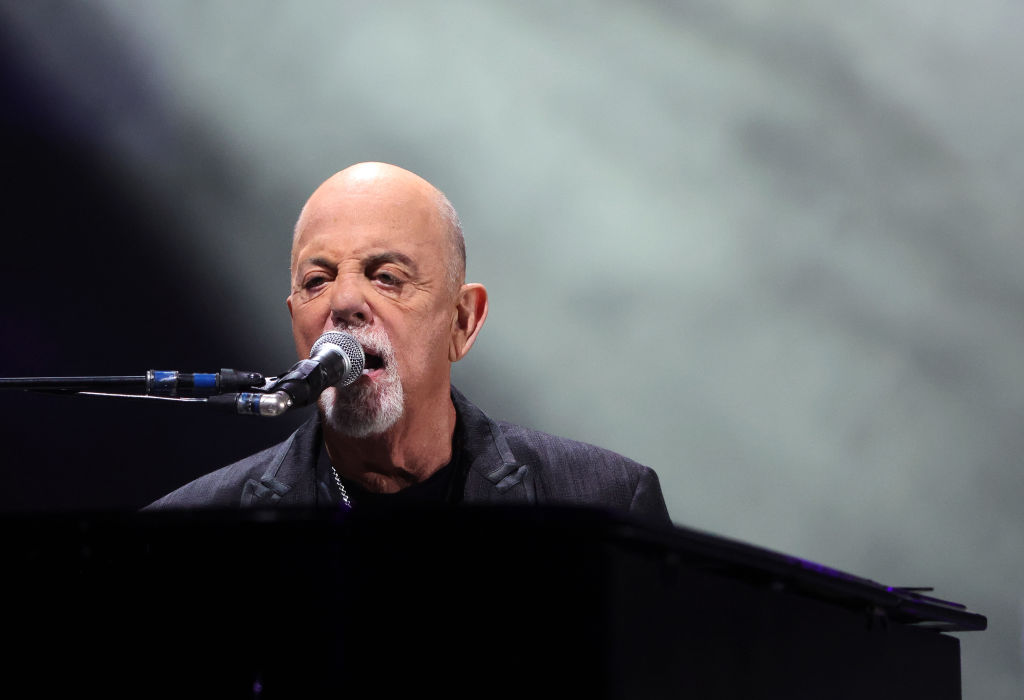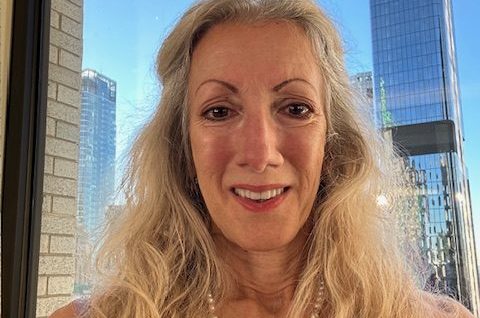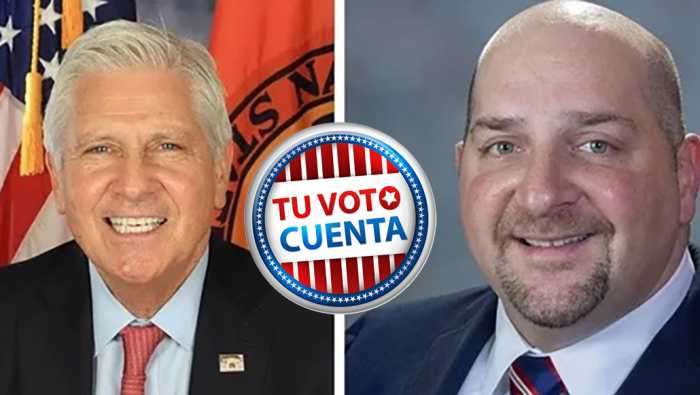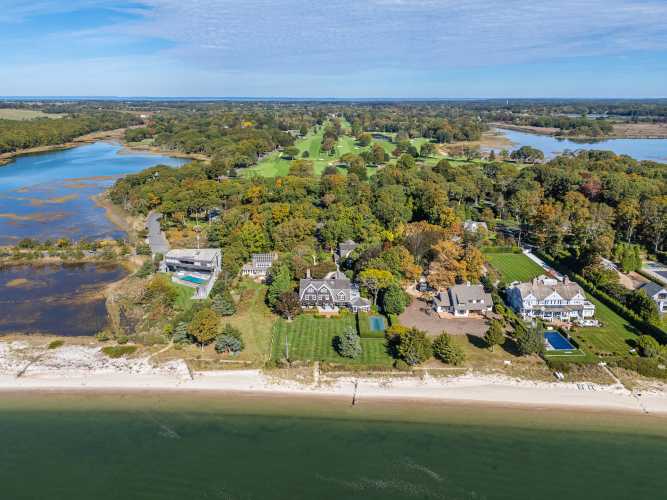
Part 1 of a two-part series addressing the benefits of medicinal marijuana
Unless you have been living under a rock—and who could blame you with all of the fake news around lately—you have seen the headlines about the imminent legalization of recreational marijuana in New York State.
This news may fill you with foreboding or with glee, depending on your personal perspective and whether you have minor children in your household. It is important to be informed, especially now that medical marijuana is already available in our state.
A local law implementing zoning regulations for medical marijuana facilities was approved at the Town of North Hempstead board meeting on Dec. 18. The regulations will not hinder medical marijuana facilities from coming into the town, but will prohibit them from being within 1,000 feet of a school, park, child-care center or house of worship; restrict them from being within 500 feet of a residential district; and limit the number of dispensaries in the town to two.
My recent graduate studies in psychology and addiction have caused me to develop
a keen interest in the topic; I have written about drug use and addiction several times in the past year, with the goal of spreading awareness and reducing stigma. I am thankful that our community has also stepped up to spread awareness, including local organizations, such as North Shore Action, Sephardic Heritage Alliance Inc., United Parent-Teacher Council and others.
You might be surprised to learn, as I was, that the New York State Department of Health has already recommended legalization of marijuana for recreational use. A 75-page report, “Assessment of the Potential Impact of Regulated Marijuana in New York State,” was released in July 2018, and it is a must read.
Whether your interest in marijuana relates to yourself, an affected family member
or business opportunities, the report is fascinating. The writing is on the wall. You can view it at www.health.ny.gov/regulations/regulated_marijuana/docs/marijuana_legalization_impact_assessment.pdf.
Many New Yorkers are justifiably concerned about the aftermath of legal marijuana, especially as the sight of young people vaping and Juuling have become commonplace in our schools and local restaurants. But despite these concerns, an increasing number of countries and states have joined the bandwagon. New York is headed down the same path. The report referenced above discusses how Massachusetts has successfully handled legalization of marijuana. The New York Health Department concluded the “positive effects of a regulated marijuana market in New York State outweigh the potential negative impacts” and recommended that state officials move forward with the legalization of recreational marijuana.
Marijuana Is Big Business
New York’s medical marijuana facilities saw a mere $8.4 million in sales in the 2016–17 fiscal year. If marijuana for recreational use was legalized, the economic boon to our state would be enormous. A May 2018 analysis by Syracuse University said legal pot sales could bring up to $3.3 billion. Taxes on revenue (up to $500 million per year) would bring in huge sums and create new opportunities to fund needed programs.
Besides money, benefits to New Yorkers from legalizing recreational marijuana include increased quality controls and safer usage. A strong possibility also exists that allowing regulated marijuana could reduce opioid deaths and opioid prescriptions, along with a reduction in the disproportionate criminal prosecutions of minority groups.

I recently attended an educational seminar by Curaleaf, a Forest Hills medical marijuana dispensary, at the Queens Chamber of Commerce. The program covered a range of topics on the issue of medical marijuana in New York, including eligibility for qualification, the steps necessary to obtain cannabis from the dispensary, regulations in the industry and tips for therapeutic usage of cannabis. The presentation was extremely informative.
“Our goal is to provide education and awareness to the public,” said Jacqueline Donado, program director at the Queens Chamber of Commerce. “This topic is of interest to individuals, families and businesses.”
Cannabis is delivered to the bloodstream using inhalation, oral or topical methods. In New York, cannabis is administered via vaping, sublingual drops, edible capsules and creams. Inhalation is the fastest-acting method.
It is illegal to grow marijuana, and it is still illegal to smoke it. Furthermore, medical marijuana is processed without terpenes, which cause the distinctive odor of cannabis. Vaping medically prescribed marijuana is odor free. In other words, if you detect the smell of marijuana, chances are someone nearby is smoking it and that person does not have a prescription.
Read part 2 of this series here to find out about accessing medical marijuana, how it can help combat the opioid epidemic and learn about available resources.
